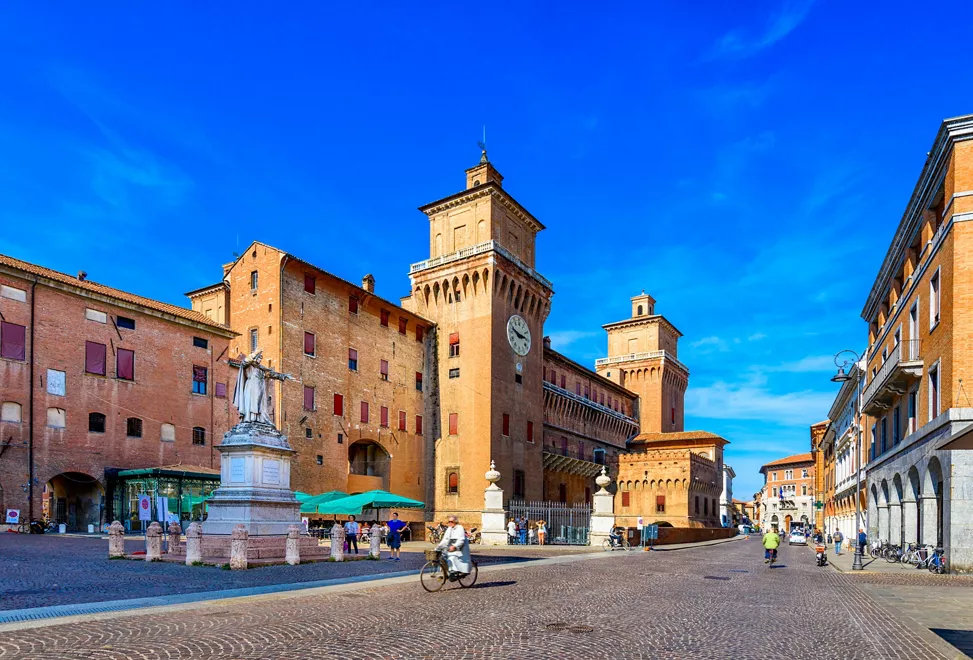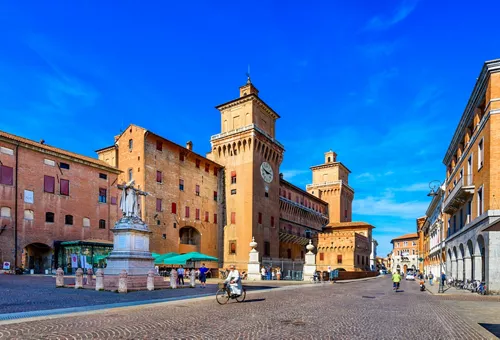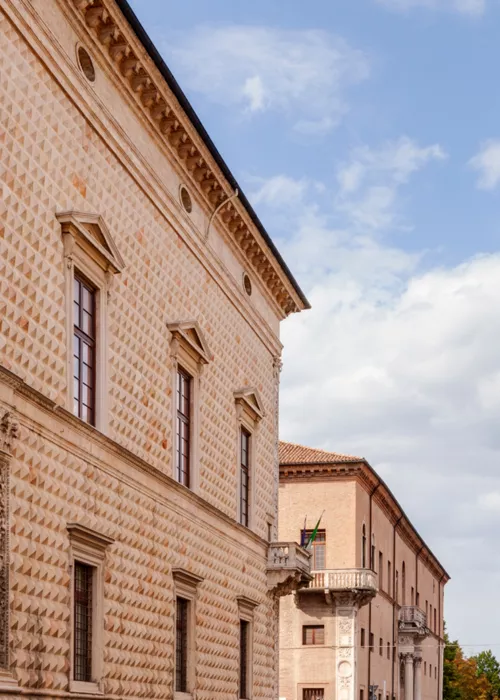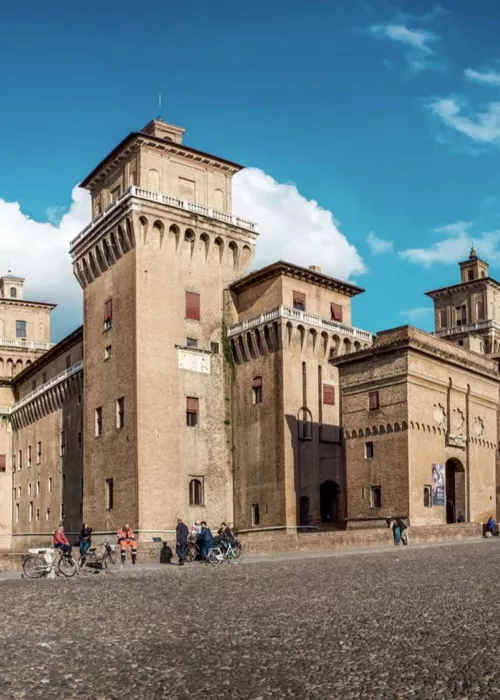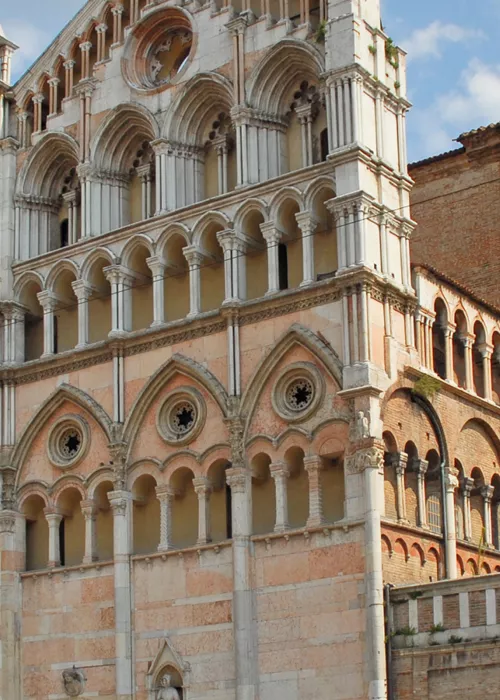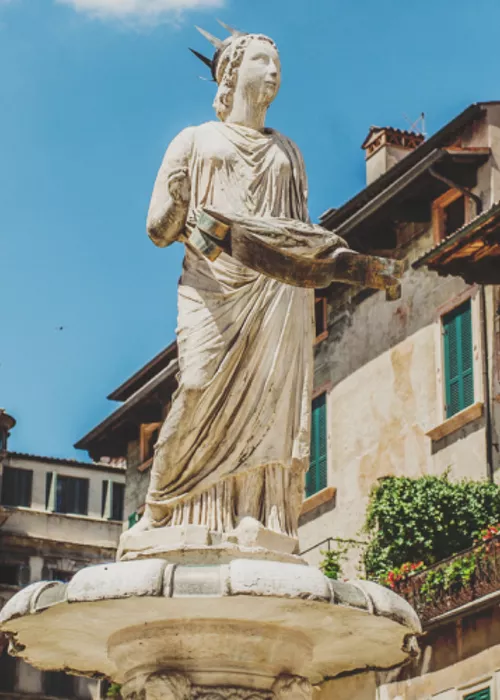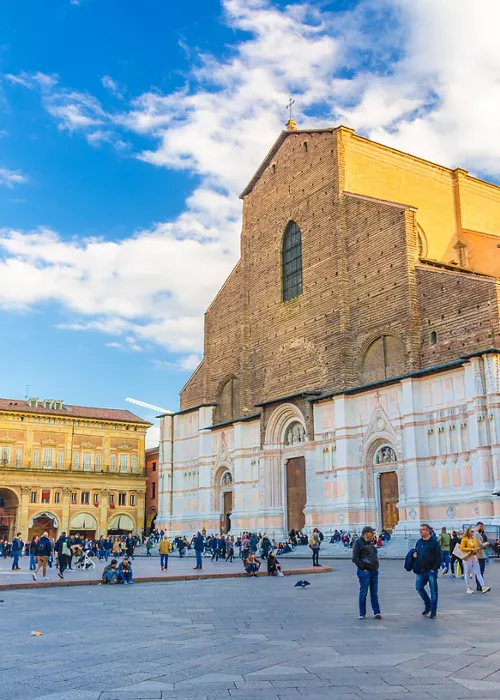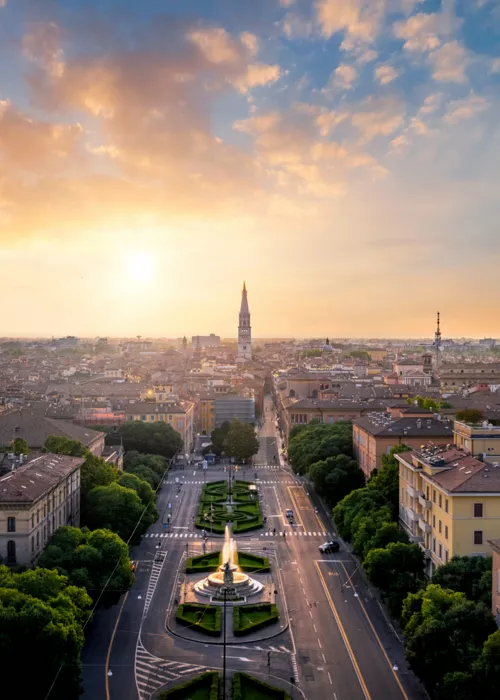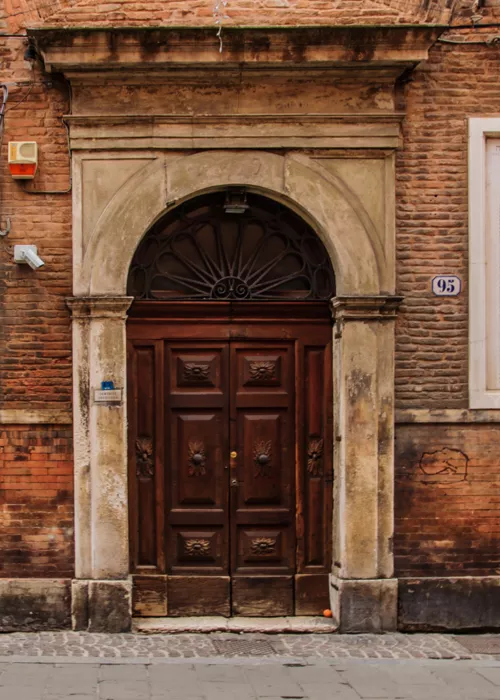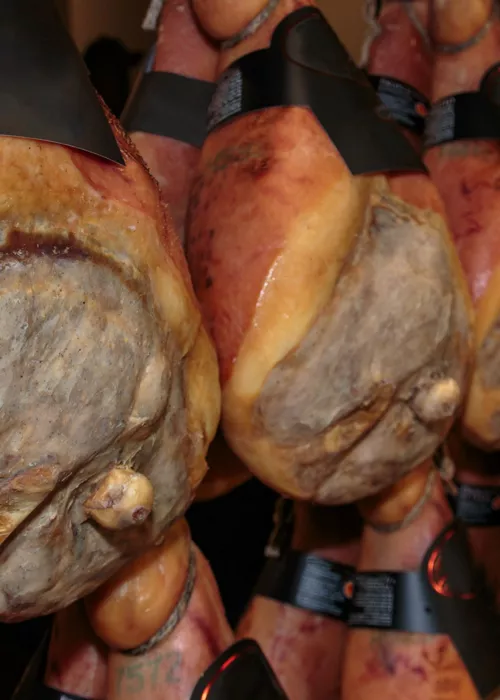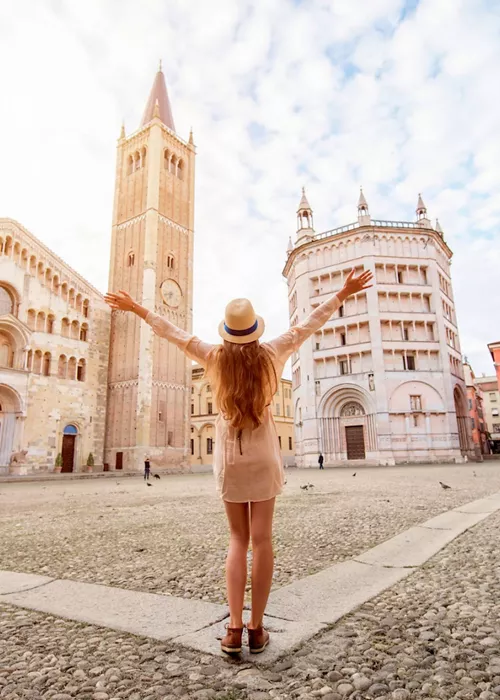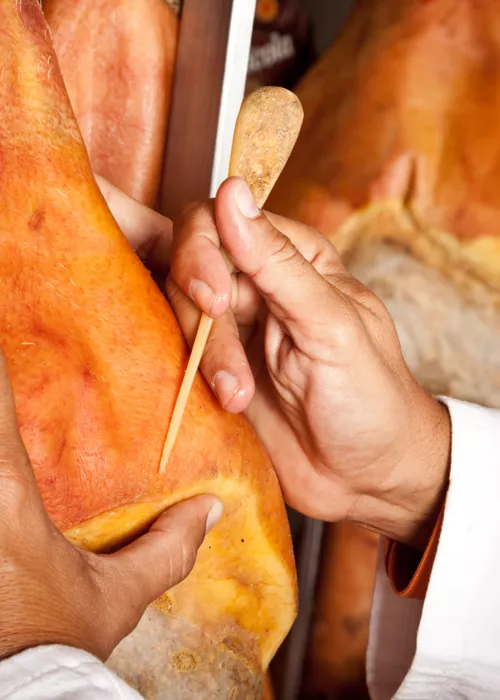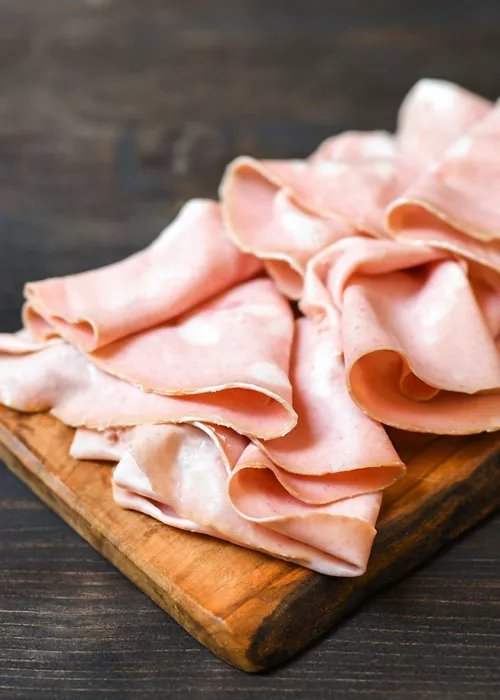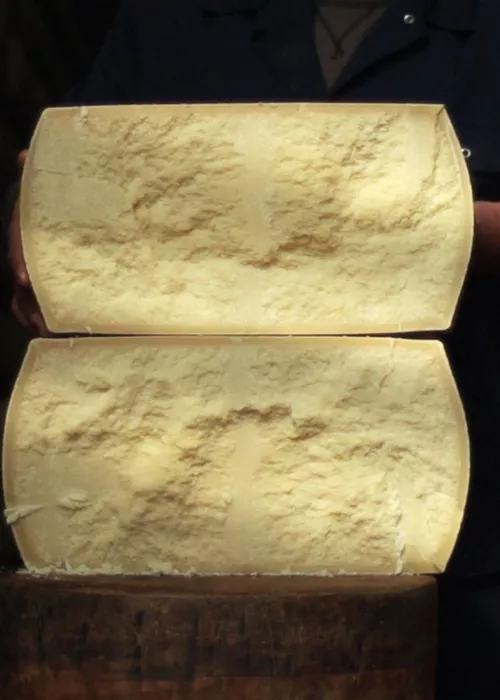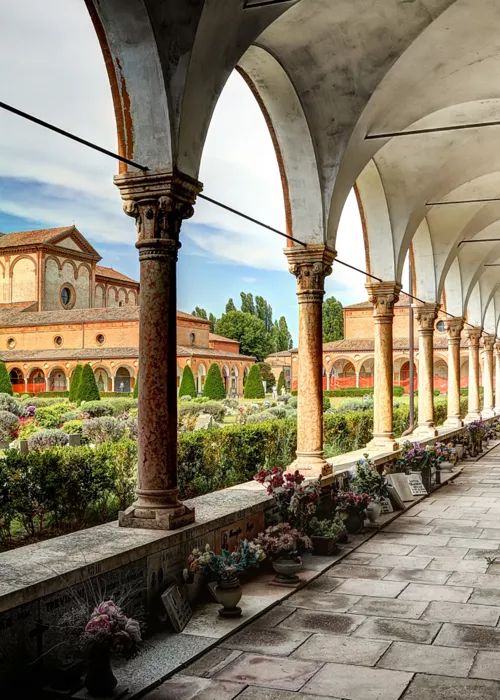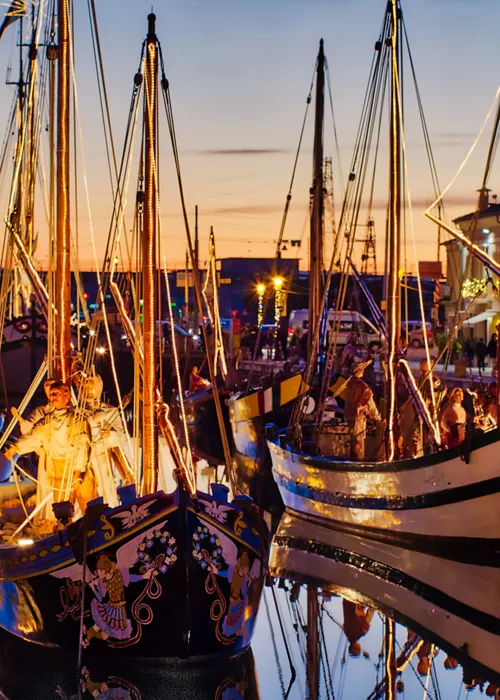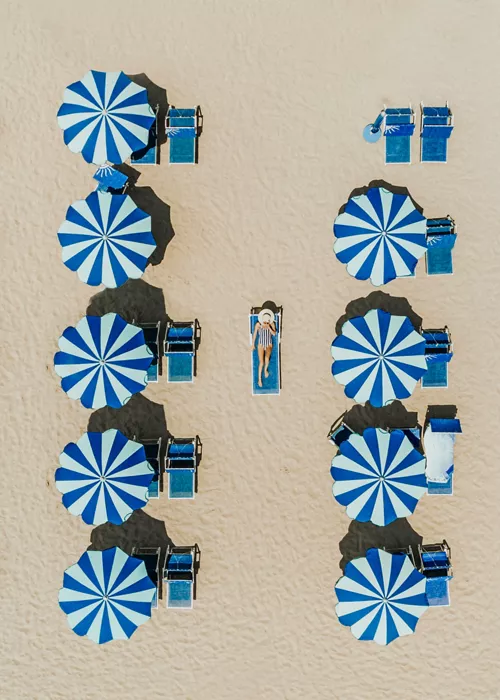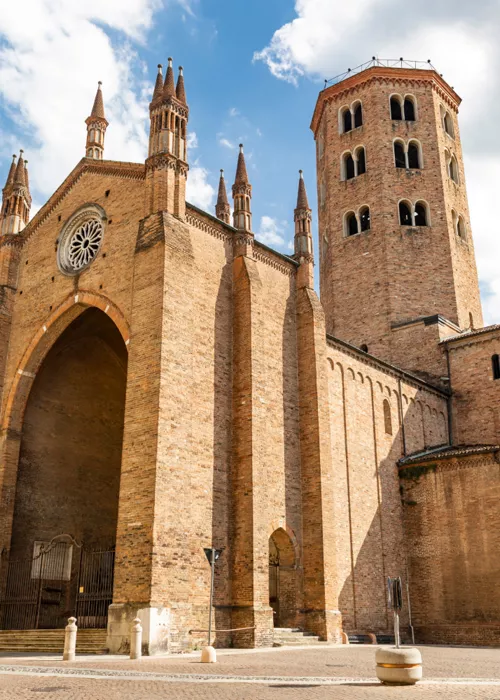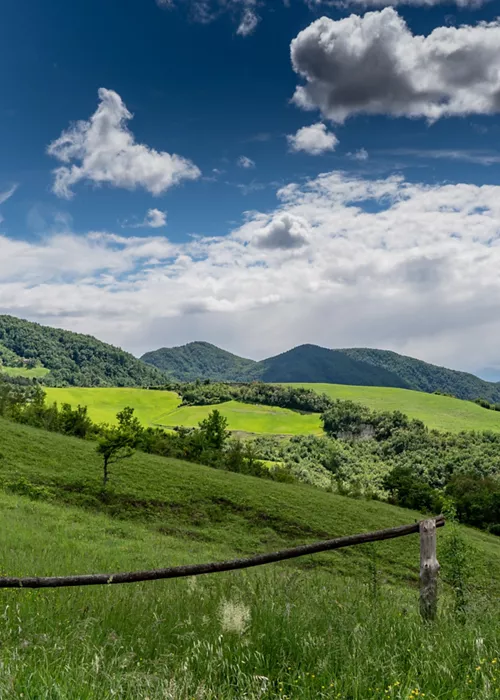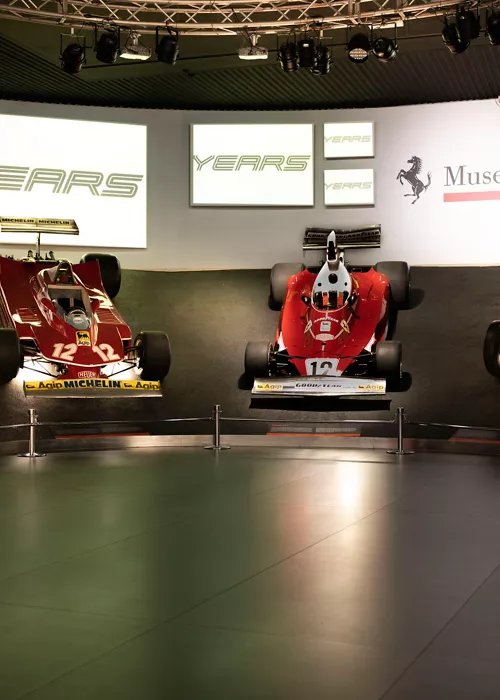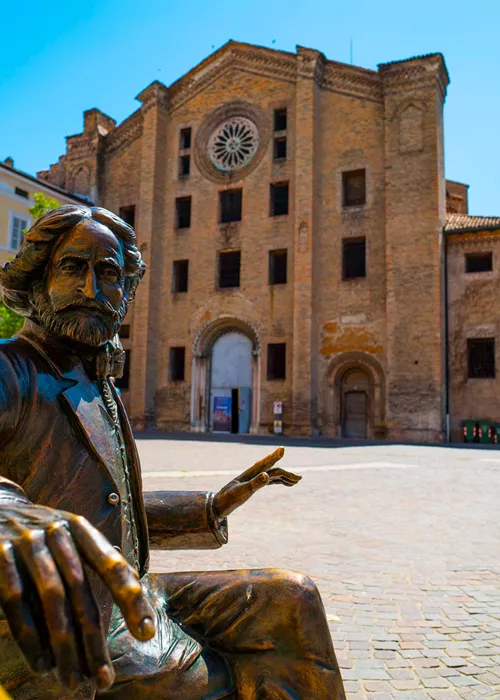Travelling to Ferrara: precious time walking through history
4 minutes
Each step in this Capital of the Renaissance offers the magic atmosphere of a glorious past, carefully preserved: the Este dynasty, over the course of three centuries, transformed a rural centre into a masterpiece.
Between 1400 and 1500 Ferrara was home to prominent personalities in the literary and artistic fields. This town recounts its past at every turn, but also speaks of hospitality, environmentally aware and sustainable present: bicycles reign here, along with clean air.
Situated in the Emilian plain, Ferrara is located a few kilometres south of the Po, but also around 50 kilometres from the sea.
It is therefore a must-visit destination for art lovers, who can enjoy it just by strolling through the streets of the city centre, but also for nature lovers, who will find the Po Delta Park simply extraordinary. Not to mention for tourists on the Romagna Riviera on a break from beaches and other places of entertainment.
History and curious facts about Ferrara
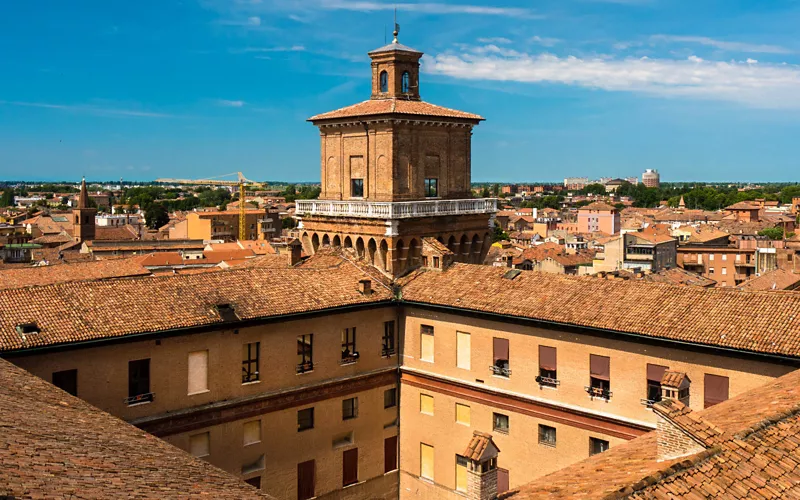
The history of Ferrara is undoubtedly fascinating. The legend has it, Ferrara was a young girl from Troy who escaped the ruin of her homeland and decided to set up a new city. The first official document appointing Ferrara was published by the Lombard king Astolfo, seven and a half centuries after Christ.
At the end of the Longobard era, Ferrara was handed over to the Church of Rome, finally became a fief of the Canossa family, and under the rule of the Grand Countess Matilda of Canossa it reached its maximum extent. At the beginning of the 1100s, the free commune came into being and at the end of a hard internal struggle, the Este family asserted itself and assumed absolute power in 1242. This was the beginning of a period of great wealth and fortune which lasted over three centuries.
The Signoria of Ferrara, under Este rule, ended in 1598: the last duke had no legitimate descendants, so the dynasty was deemed extinct and the Church State took over. During the Pope's reign, the city slowly declined. Revolutionary uprisings led to the annexation of the territory to the Unitary State in 1860.
Ferrara was involved in World War I with many workers, motivated by the promise of new arable land at the end of the conflict. Massive losses prevented this and the “betrayal” led to a wide adherence to Fascism.
Today, Ferrara is a vibrant city, rich in art exhibitions, with a top concert season and the Palio di Ferrara, the oldest in Italy according to historical documents.
What to see in Ferrara: 11 must-see places
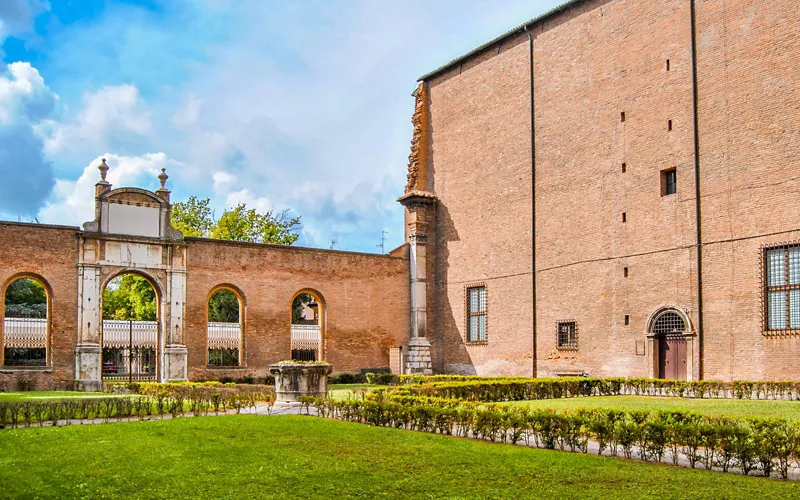
Ferrara is so rich in gems to behold that a full list of must-see destinations would be quite long.
There’s no other place to start a city tour like the Palazzo dei Diamanti, one of the most famous monuments of the Italian Renaissance. Its history is linked to that of the architect Biagio Rossetti, who enriched it with 8,000 ashlars, or projecting ashlars, on the façades. Today it is home to museums that house remarkable works.
Among the city's must-sees is Palazzo Schifanoia, a sumptuous renaissance-era building that is now a museum. The Estense Castle and Ferrara Cathedral are symbols of the city, while Via delle Volte is a beautiful testimony of medieval Ferrara, as is the Ghetto.
Other recommended destinations include Ferrara's Piazza delle Erbe, the Monastery of Sant'Antonio in Polesine, the Torre dei Leoni and the Corso Ercole I d'Este.
The National Museum of Italian Judaism and the Shoah is also very interesting.
4 ideas on what to do in Ferrara
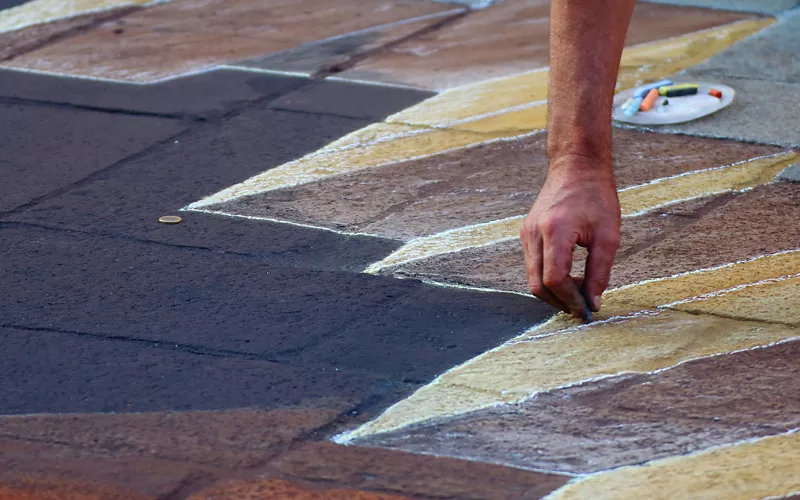
What to do in Ferrara, in addition to admiring its arts and culture heritage? The first suggestion is to visit the National Archaeological Museum, where a variety of artefacts discovered during excavations in the Etruscan town of Spina are exhibited.
Lovers of all-round artistic events should not miss the Ferrara Buskers Festival, that gathers all the best street performers in the world.
Cycling in Ferrara is common. Hikers and walking fans can choose the 9-kilometre walking route around the walls of Ferrara.
What to eat in Ferrara: 8 specialities
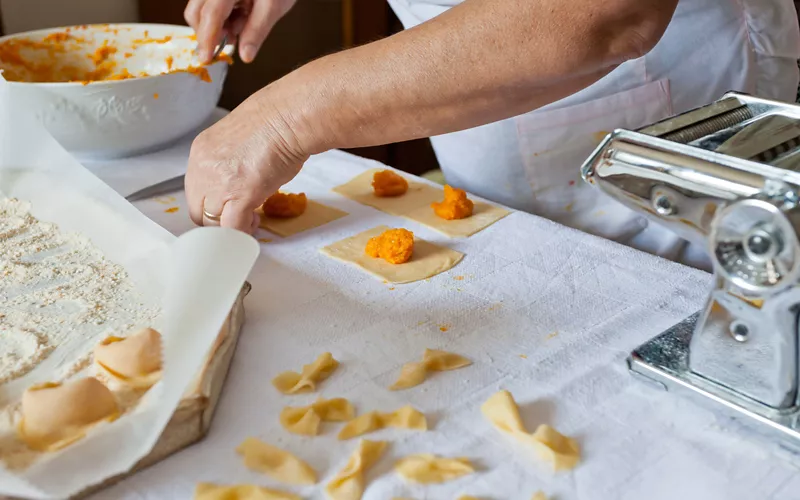
In terms of gastronomy, the tip is to forget about health and low-calorie resolutions for a few hours and treat yourself to a meal or snack for pure pleasure. Delicacies to savour?
- To start from a dessert, there is torta tenerina, a chocolate cake that is soft inside and crunchy outside, panpepato, another dark chocolate cake with almonds or hazelnuts, candied fruit and fragrant spices, and the legendary brazadela, the Ferrara doughnut.
- Cured meats are the flagship of Ferrara cuisine, starting with the salama da sugo, a sausage made from pork, mixed with salt, pepper, wine and spices, encased in a pork gut bladder and left to mature for months.
- The so-called “pasticcio ferrarese” is remarkable, a shortcrust pastry delicacy with a macaroni filling, seasoned with meat sauce, mushrooms, béchamel sauce, truffle and nutmeg.
But cappellacci di zucca, tagliatelle cake, and coppia ferrarese, the typical local bread, also deserve a place among the must-try dishes.
3 unusual places to visit in Ferrara
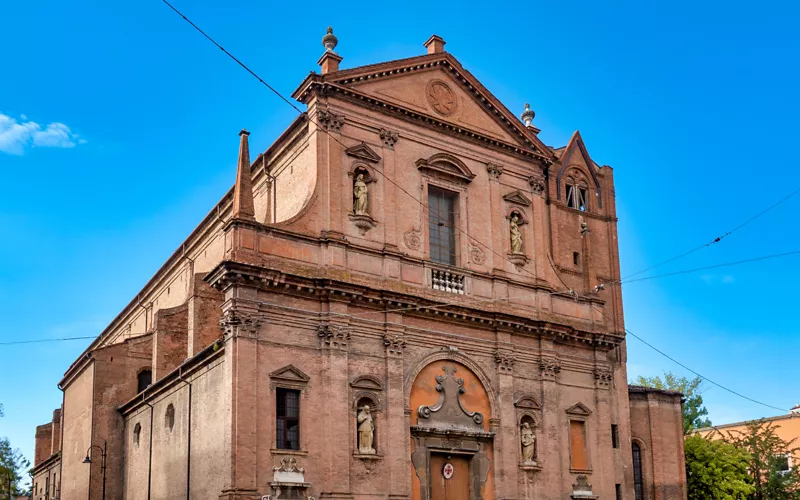
Unusual places in Ferrara abound, but three in particular attract the attention of the curious.
The first is the Cinema Mignon, an old historic cinema that occupied the former premises of one of Ferrara's first basilicas, now closed in 2021, but still attracting the curious.
Also not to be overlooked are the Church of San Domenico, one of the most imposing buildings in the old town, and the Church of San Giacomo, a place of worship, later deconsecrated, built in the 11th century in the Romanesque style.

